1. Inflatable Holiday Decorations

Those giant inflatable Santas or Halloween ghouls may be festive—but not everyone finds them charming. Increasingly, HOAs are issuing rules limiting the size, number, or duration of inflatable yard decorations. Some cite safety concerns during windstorms or electrical issues; others simply call them tacky or disruptive to neighborhood aesthetics. What started as seasonal fun is turning into a regulation headache.
Communities focused on curb appeal are cracking down on overly elaborate displays. Restrictions on when they can be put up and taken down are also becoming more common. If you’re a fan of the big blow-ups, be sure to check your guidelines. That cheerful snowman could end up getting deflated—permanently.
2. Tall Privacy Fences
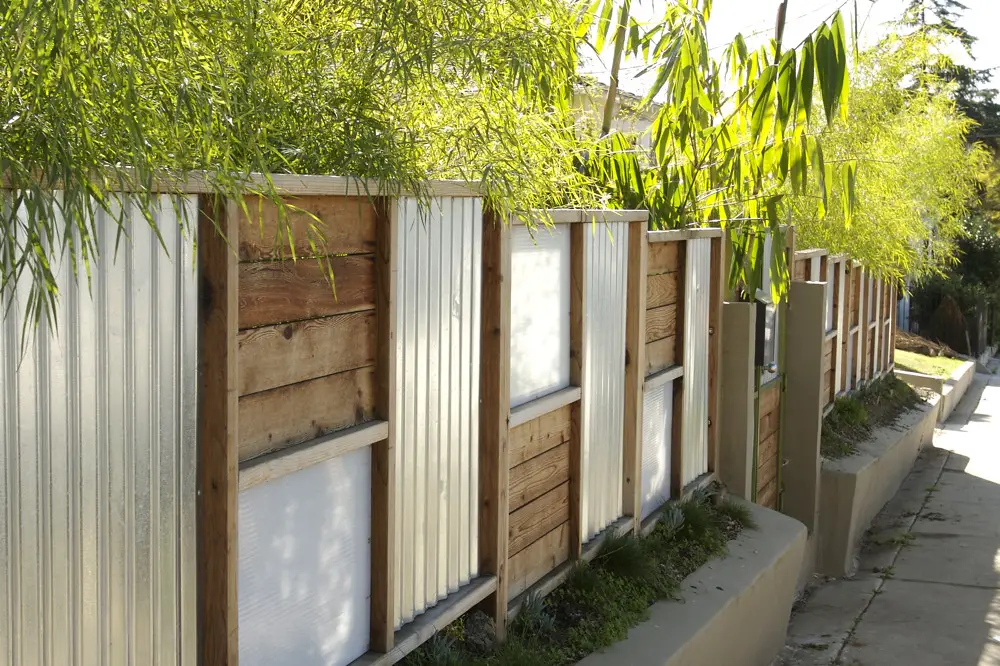
In many new developments, six-foot fences are quickly becoming the max—and in some places, even that’s too tall. As noted by Everfence, developers and HOAs are increasingly setting stricter rules on fencing to promote openness and community visibility. Taller fences can obstruct sightlines, create safety concerns, and even affect resale values. In some areas, cities are also enforcing height limits in the name of fire prevention or urban aesthetics.
If you’re used to big suburban backyards surrounded by towering cedar fences, brace for change. New rules are encouraging semi-private or transparent materials like lattice or metal. Even in existing neighborhoods, retroactive enforcement is starting to happen. Privacy might still be important—but towering walls are falling out of favor.
3. Gravel Lawns
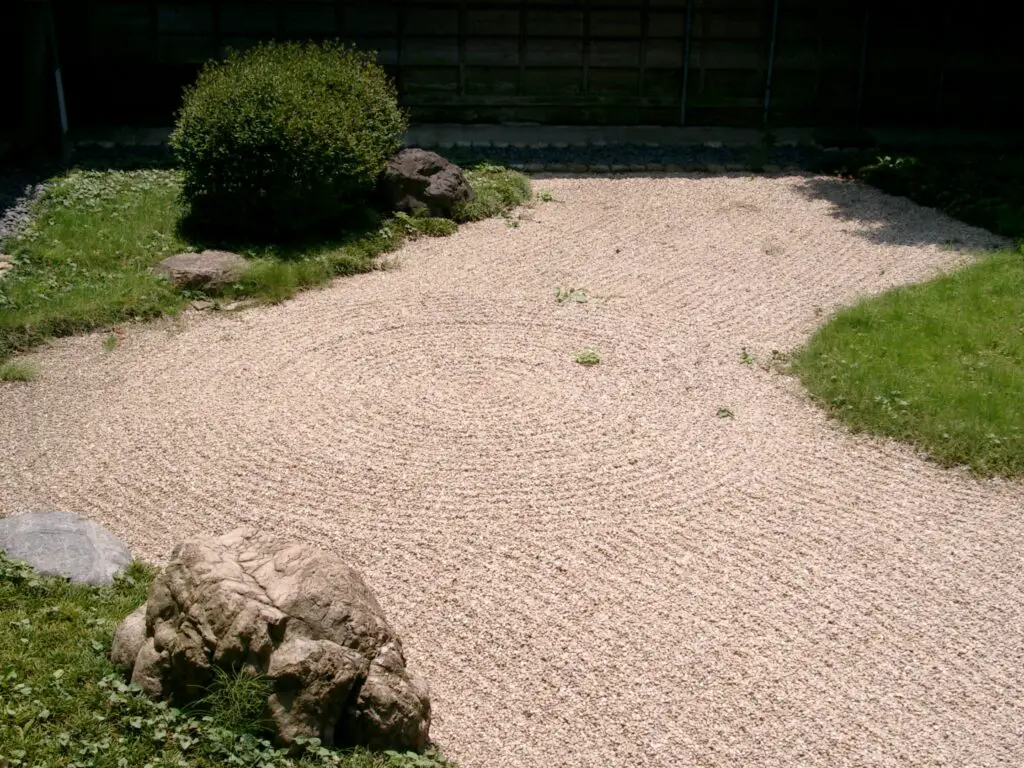
Swapping grass for gravel used to be a drought-conscious badge of honor—but it’s no longer a clear win. According to a 2023 NPR feature, some cities in Arizona and Nevada are now placing restrictions on large gravel-covered yards, citing heat island effects and runoff concerns. Gravel can make neighborhoods hotter and doesn’t absorb water well, increasing stormwater problems. What used to be seen as low-maintenance is now under climate scrutiny.
Some HOAs are also clamping down on gravel aesthetics, labeling them as visually harsh or out of sync with the neighborhood vibe. If you’re planning to ditch the mower, alternatives like xeriscaping with native plants are now preferred. It’s a sign of shifting climate priorities—less rock, more roots. Your landscaping decisions could come with more rules than you think.
4. Fire Pits

Once a cozy backyard favorite, wood-burning fire pits are starting to get the side-eye in wildfire-prone states and urban areas. According to the National Fire Protection Association (NFPA), more municipalities are now enforcing bans or limits on open flames due to rising fire risk and air quality concerns. Some cities allow only gas-powered models, while others require permits or seasonal restrictions. The traditional crackling fire might not fly anymore.
Even portable pits are being scrutinized, especially in HOA communities or drought-affected zones. What was once a casual weekend accessory now comes with liability concerns. And neighbors aren’t always thrilled about smoke drifting across the fence. Before you light it up, check your local ordinances—it could save you a fine or worse.
5. Oversized Decks
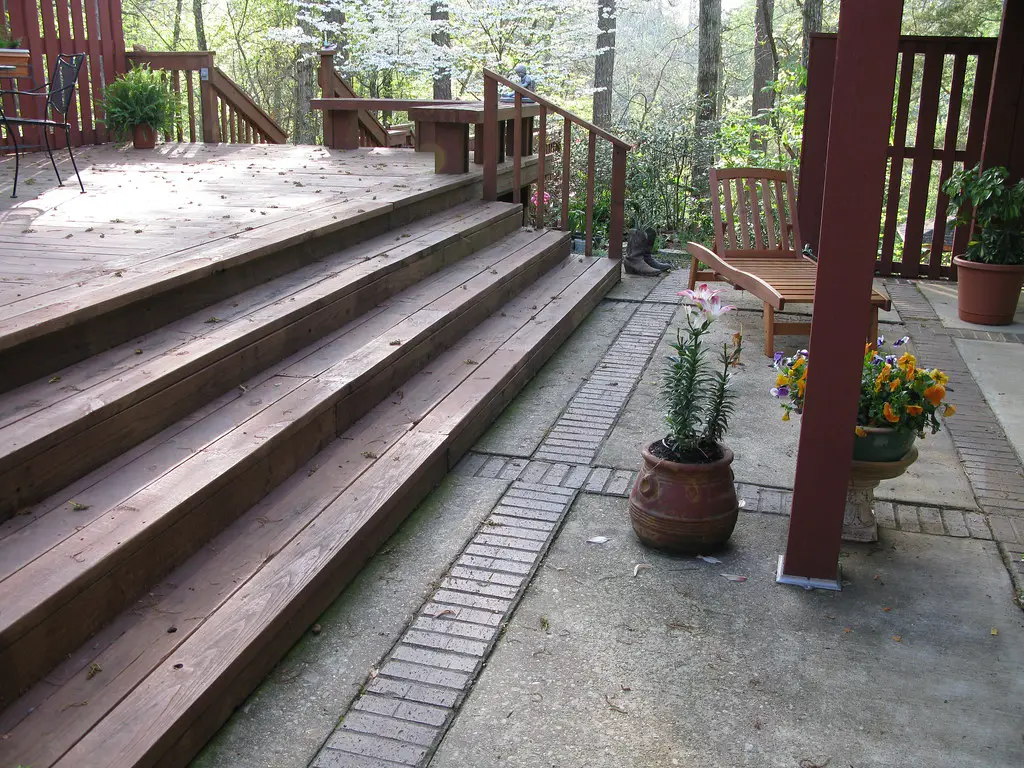
Bigger isn’t always better—especially when it starts to dominate your backyard or clash with neighborhood standards. Some municipalities are tightening rules on deck square footage, especially when structures creep into setback zones or threaten drainage systems. If your oversized deck affects your neighbor’s sunlight or view, expect potential complaints. These days, modest, well-integrated outdoor spaces are more in vogue.
Even structurally safe decks can be a zoning issue if they’re too bulky or high. In some areas, elevated decks are being phased out in favor of patios or ground-level platforms. Building permits and approval processes are becoming stricter. So before you go all-in on an expansive backyard build, double-check your local codes.
6. Bright Outdoor Lighting

You may love your motion-sensor floodlights, but your neighbors—and your city—might not. Light pollution is an increasing concern in suburban and semi-rural areas, and many cities have adopted ordinances limiting brightness and timing. Some HOAs are now regulating lumens, directionality, and even color temperature. It’s all part of an effort to preserve nighttime peace and protect local wildlife.
Harsh LED lighting, especially when installed in bulk, can disturb nesting birds, insects, and even your neighbor’s sleep. Subtle, downward-facing fixtures are now encouraged instead. You may not even notice how disruptive your lights are—until a complaint lands on your doorstep. Sometimes less light makes for a more welcoming yard.
7. Above-Ground Pools
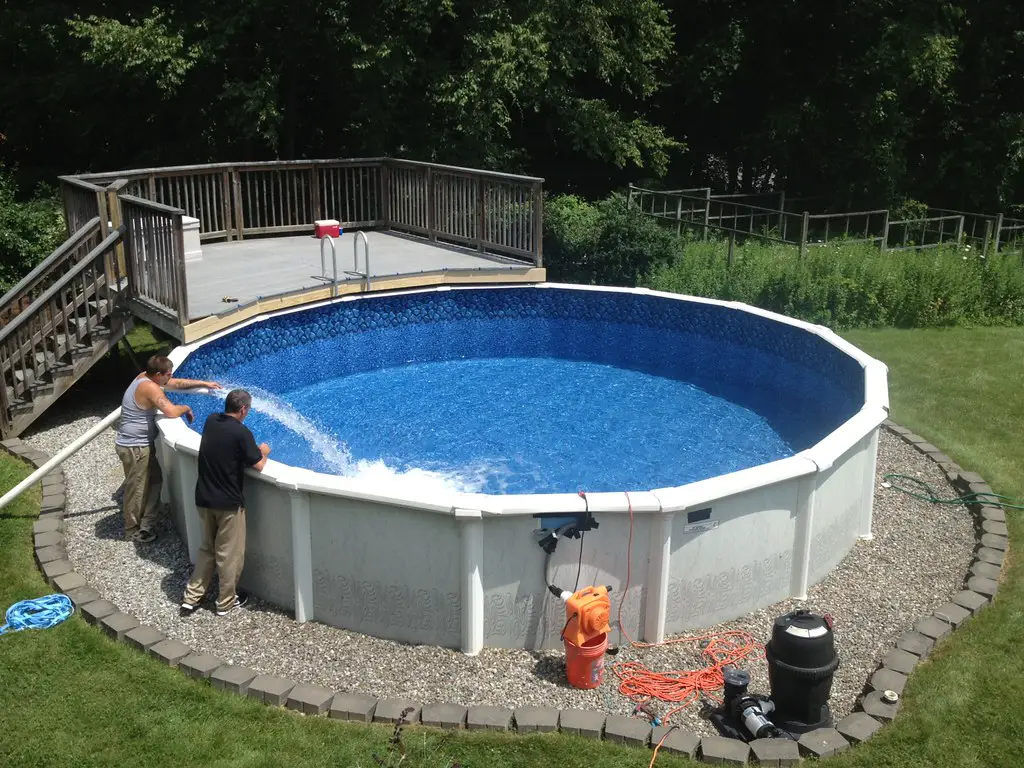
Once the symbol of suburban summer fun, above-ground pools are becoming less welcome in many U.S. neighborhoods. HOAs often consider them eyesores, and newer subdivisions sometimes prohibit them outright for aesthetic reasons. Safety is another major factor—many localities require fencing and insurance coverage to mitigate liability. Add to that concerns about noise, maintenance, and seasonal debris.
Even where above-ground pools are allowed, the cost of compliance can be surprising. Permits, inspections, and added landscaping might be required. And if your neighbors aren’t thrilled, expect some tension. For many homeowners, the headache outweighs the splash.
8. Front Yard Vegetable Gardens
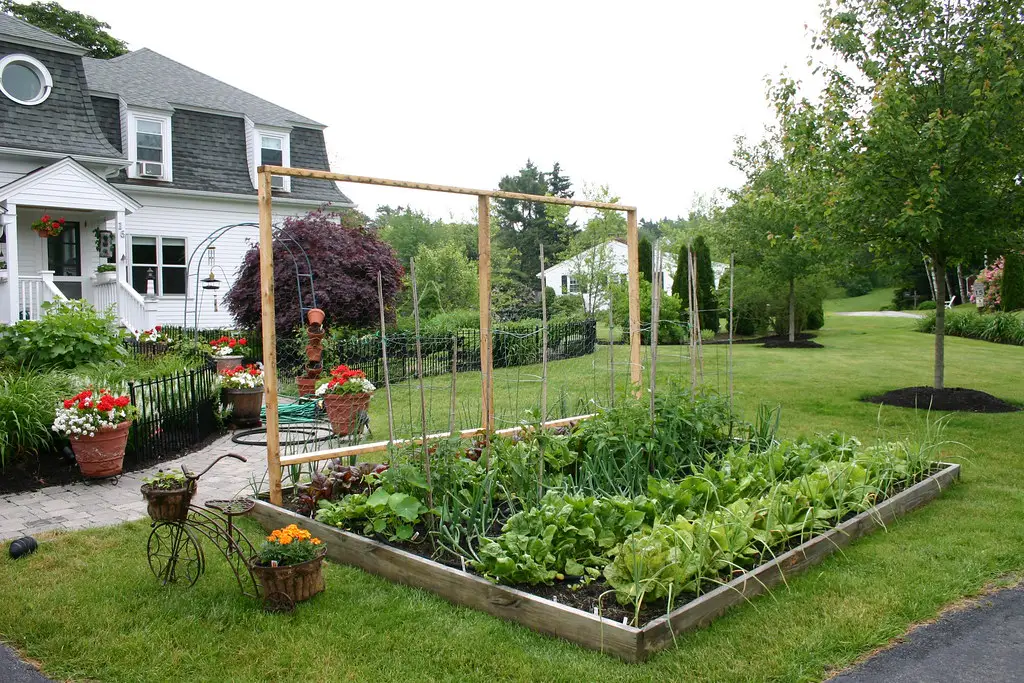
Once a symbol of sustainability, front yard veggie patches are increasingly getting pushback. While many cities encourage edible gardening, others impose design restrictions—requiring raised beds, fencing, or specific setbacks from the street. In HOA communities, aesthetics often trump function, with some rules banning edible plants altogether in the front yard. What you see as a tomato haven, others may see as a “messy” violation.
Legal battles have even cropped up over the right to grow food in plain view. If you’re dreaming of kale and carrots where your lawn used to be, check your local guidelines. Backyard gardens are typically safe, but out front, the rules can be strict. It’s a good idea to plant with permission, not just enthusiasm.
9. Synthetic Driveway Coatings
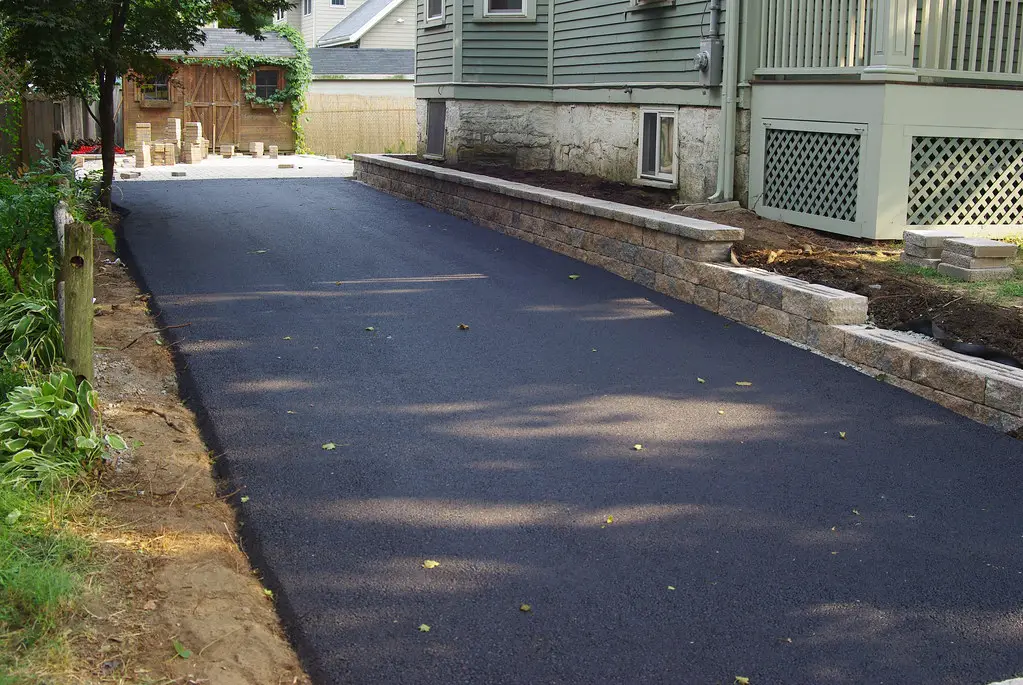
That glossy jet-black driveway finish may not be welcome much longer. Some cities are banning coal tar-based sealants due to environmental and health concerns, as they contain high levels of polycyclic aromatic hydrocarbons (PAHs). These substances can leach into storm drains and waterways, causing potential harm to aquatic life. Asphalt-based alternatives are now encouraged instead.
Beyond the environmental concerns, some coatings can become dangerously slippery or create glare. HOA guidelines may start restricting overly glossy or non-permeable materials. The look might still appeal to some, but the risks are gaining attention. It’s a rare case where too polished is a problem.
10. DIY Water Features
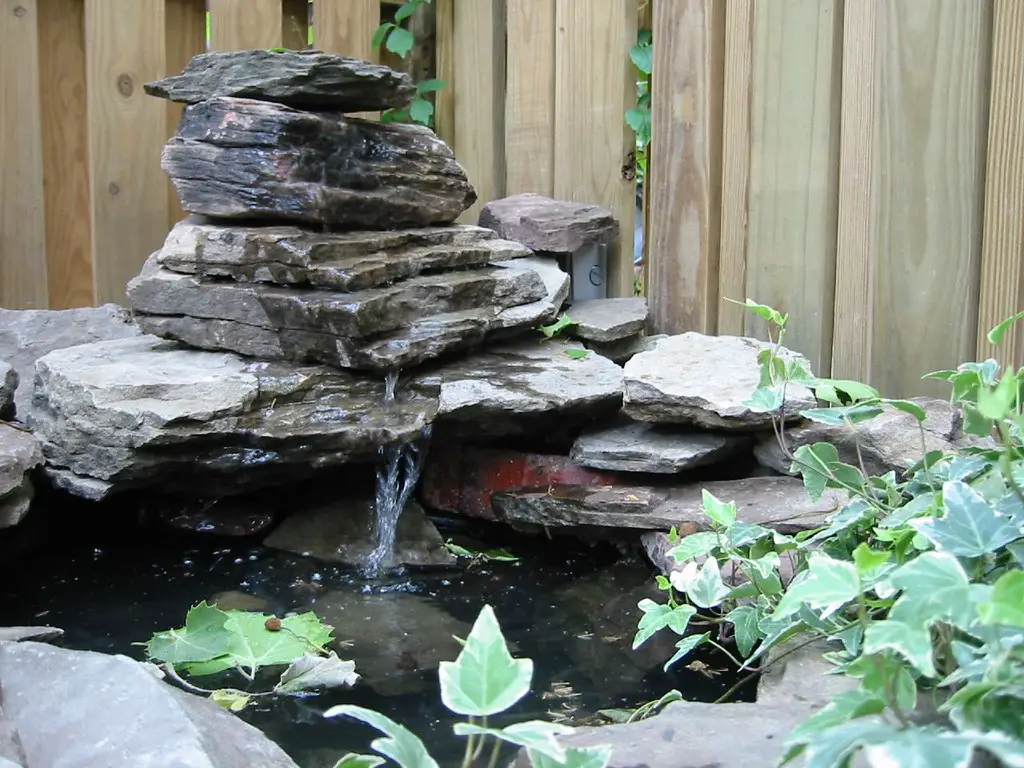
Fountains, koi ponds, and backyard waterfalls may seem like charming upgrades—but they’re increasingly facing scrutiny. Stagnant water can attract mosquitoes, and improperly installed systems can damage property or cause drainage issues. Some regions now require permits or inspections for larger water features, especially those with electrical components. And drought-prone areas may discourage them altogether.
HOAs often view unregulated water features as liabilities or maintenance nightmares. If you’re thinking of installing one, make sure it’s up to code. Otherwise, your relaxing soundscape could turn into a bureaucratic headache. In the era of conservation, even small water luxuries are being reconsidered.
11. Outdoor Kitchens
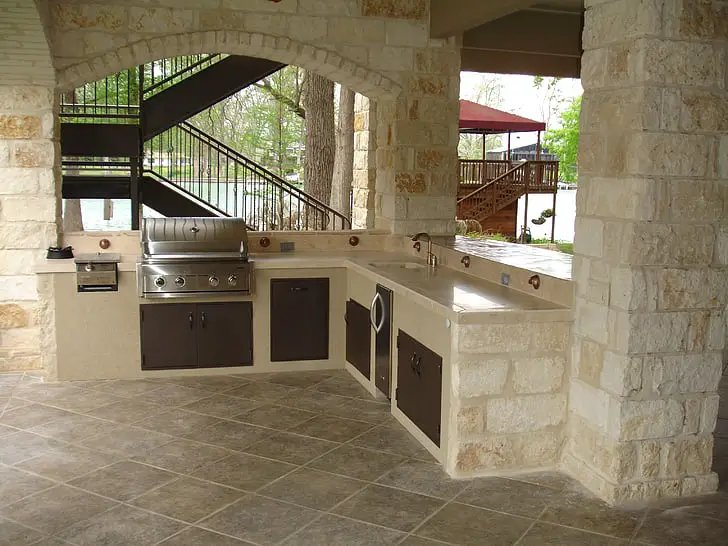
Outdoor kitchens may still be popular, but some neighborhoods are tightening rules around them—especially those involving gas lines or permanent structures. Building codes often require setbacks from property lines, and fire departments may impose limits on grills or open flames. If improperly installed, they can pose safety risks or violate zoning laws. It’s not always easy to get approval for what seems like a simple addition.
Beyond regulations, outdoor kitchens can impact neighborhood aesthetics. HOAs may object to visible plumbing or large cooking appliances in open yards. What was once a dream setup for weekend hosting might be a compliance trap. Plan carefully—or your al fresco ambitions might fizzle fast.
12. Decorative Rock Gardens

Rock gardens used to be a go-to for drought-conscious design, but some areas now consider them problematic. In wildfire-prone regions, loose stone near the home can actually increase fire spread risk. Others argue they contribute to heat buildup and lack biodiversity. Certain HOAs are even banning large rock beds due to drainage complaints or appearance concerns.
If you want low-water landscaping, native grasses or groundcovers may now be the better route. Rock-heavy yards can look sparse or industrial in some settings. While still allowed in many places, the push for more naturalistic, pollinator-friendly landscapes is growing. The rocks may need to roll on.
13. Backyard Chickens
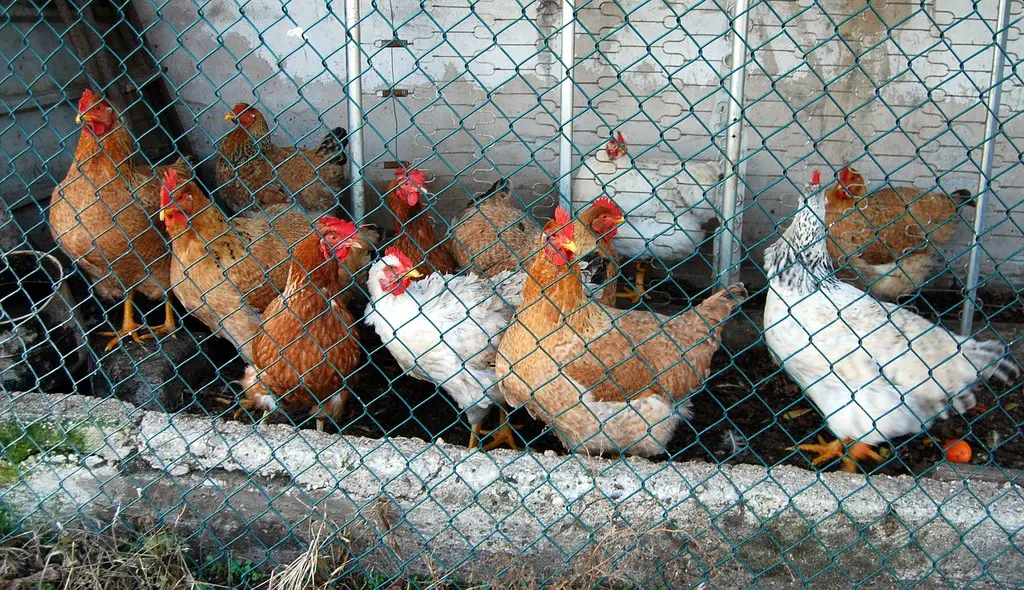
Keeping chickens is trendy—but it’s also controversial. Many suburban areas are starting to limit or ban backyard flocks due to noise, odor, and potential rodent issues. Some cities only allow hens, while others require permits, coop inspections, or neighbor consent. And roosters? Usually a hard no.
Even in areas where chickens were once quietly tolerated, rising complaints have triggered stricter enforcement. If you’re dreaming of fresh eggs and a cute coop, do your homework first. What’s charming to you might be annoying to your neighbor. And that could land you—and your hens—on the neighborhood watchlist.
14. Lawn Pesticides and Herbicides

That lush, weed-free lawn might come at a cost—and some neighborhoods are starting to push back. Growing concerns about chemical runoff, pollinator decline, and groundwater contamination have prompted cities and HOAs to reconsider the widespread use of lawn treatments. According to the Environmental Protection Agency, certain pesticides commonly used in residential areas have been linked to health and environmental risks. Now, some municipalities are limiting or banning synthetic lawn chemicals altogether.
Homeowners may soon be required to switch to organic alternatives or reduce chemical use altogether. Inspections and enforcement are already underway in eco-focused communities. The movement favors biodiversity, even if it means tolerating a few weeds. Perfect green carpets could soon be out; messy, healthy lawns are in.
15. Expansive Lawn Areas
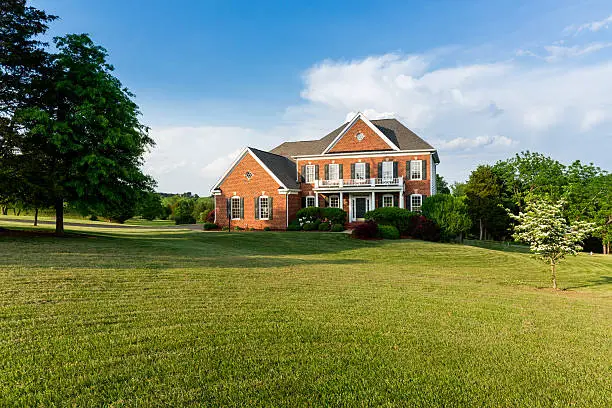
While once seen as the American dream, vast manicured lawns are increasingly being viewed as environmental burdens. Large grass areas consume excessive water, contribute to runoff, and offer little ecological value. With ongoing droughts and climate change pressures, some cities are placing size limits on lawns or offering incentives for lawn removal. What was once a suburban status symbol is now being rebranded as unsustainable.
Neighborhoods are encouraging residents to replace large lawn areas with native plants, rain gardens, or food-producing beds. HOAs are also revising landscaping guidelines to reflect these priorities. It’s no longer just about looking tidy—it’s about conservation. The age of the endless green lawn is beginning to wane.
16. Outdoor Speakers and Sound Systems

Outdoor sound systems might be great for backyard barbecues—but not so great for neighbor relations. As noise complaints rise in suburban and dense residential areas, more neighborhoods are beginning to regulate or ban fixed outdoor audio equipment. Even during the day, amplified sound can travel far, especially in open landscapes. And as more people work from home, tolerance for constant background music or bass is decreasing.
Some HOAs now require volume limits, curfews, or specific placement of speakers. Permits may even be required for permanent installations. Your Friday night playlist could be someone else’s sleep disturbance. Quiet enjoyment is becoming a top priority in zoning rules.
17. Artificial Turf

Once seen as a low-maintenance, water-saving alternative to grass, artificial turf is starting to lose favor in certain municipalities. According to reporting by The New York Times, some cities in California have already banned or limited artificial turf use, citing concerns about heat retention and microplastic pollution. While it saves on watering, the surface can become dangerously hot and isn’t biodegradable. Plus, critics argue it harms soil ecosystems by sealing off the ground.
Some neighborhoods with strong environmental regulations are now requiring natural landscaping instead. Homeowners in HOA communities may also face pushback for installing turf in visible front yard areas. The irony? What once seemed eco-friendly is now seen by many as environmentally harmful. And that shift is turning turf into a target.
18. Rainwater Collection Barrels

Although collecting rainwater sounds eco-friendly, some states and municipalities have surprisingly strict rules around it. In parts of the western U.S., water rights laws limit how residents can divert or store rainwater, especially in drought-prone regions. Even in areas where it’s legal, there may be restrictions on barrel size, placement, and appearance. What seems like a green solution can clash with old water usage laws.
Some HOAs also oppose visible barrels, calling them eyesores or hazards if not properly secured. Permits and screens may be required to prevent mosquito breeding or overflow problems. While advocacy has helped legalize rain capture in many places, it’s not universally welcomed yet. Always check before you set out to save every drop.
19. Permanent Play Structures

That backyard playhouse or jungle gym could be a problem if local codes or HOA rules aren’t followed. Permanent playground equipment is increasingly subject to zoning setbacks, height restrictions, and safety regulations. Concerns about property values, noise, and visibility are driving some neighborhoods to limit or ban large play structures. Even if it’s for the kids, it still needs to pass inspection.
In tightly packed subdivisions, these structures can obstruct views or encroach on shared spaces. Some HOAs require written neighbor approval or architectural review. If your playset was a pandemic-era purchase, it may now be under scrutiny. Kid-friendly doesn’t always mean community-approved.
20. Decorative Yard Flags

From seasonal flags to team logos or political banners, yard flags are under increasing watch in many neighborhoods. Some HOAs and city codes now limit their size, placement, and even content, citing community decorum and safety concerns. Flags flapping near driveways or sidewalks can be distracting or obstructive. And what one resident sees as pride, another might interpret as provocation.
Even non-political flags can come under fire for clashing with neighborhood aesthetics. Rules often require neutral themes or limit how many can be displayed. If you like to express yourself via fabric, it’s best to read the fine print first. The wrong flag in the wrong yard could stir up more than just a breeze.
This post 20 Yard Features That Could Soon Be Banned in U.S. Neighborhoods was first published on Greenhouse Black.
